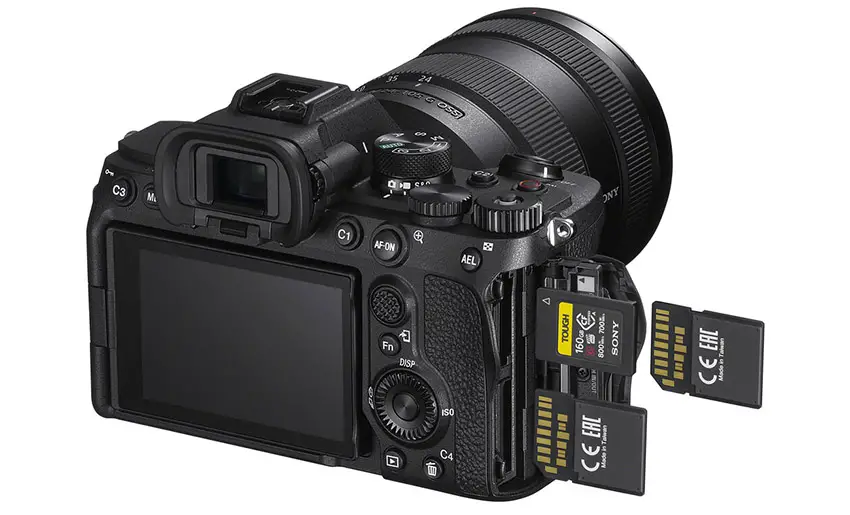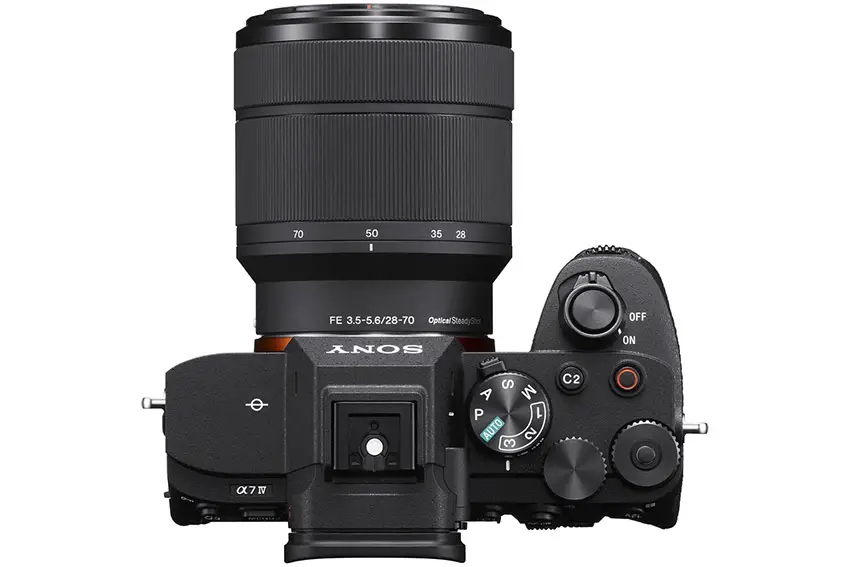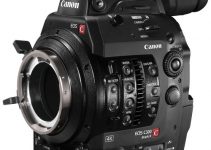Widely considered one of the best hybrid cameras for the money, the Sony a7 III has been around for a minute now and with competition starting to nip at its heels everyone has been waiting for an upgrade. It’s finally here.
The Sony a7 IV retakes the claim of being the best hybrid mirrorless camera with a host of improvements compared to its predecessor.
There is a lot to like about the new tech in the a7 IV – some of which have been borrowed from Sony’s flagship models – but if you want a more concise breakdown of the key changes you should watch this overview from ZY Productions.
1. The Sensor
The a7 IV uses a brand-new 33MP back-illuminated sensor. It’s a noticeably bump in resolution but improvements to sensor tech means you aren’t giving up anything to get those extra pixels. Dynamic range, speed, and low-light performance in maintained.
2. The Processor
Helping maximize performance is the 8x-faster BIONZ XR processor. This is the same chip from the a1 and a7S III and makes the camera extremely responsive while allowing for more features to be added in – which we will get to later.
3. The Menu
Thank god, the a7 IV has Sony’s latest menu system which is leaps and bounds ahead of their clunky original for mirrorless. It’s also touch-sensitive so you can quickly navigate through all your settings.
4. Bird Eye AF
Eye AF has matured dramatically over the years going from a limited-use tool to now something you can use all the time for all types of subjects. Most recently you can see this in the addition of Bird Eye AF. It showed up on the a1 first and now its in the basic model.
5. Hardware
The a7 IV makes some tweaks to the form factor that make it a bit better than the a7 III. It now is more in line with the a7S III with some small modifications. This means the grip is a little deeper and more comfortable, the buttons feel better, the port covers are more solid, and the screen is a full vari-angle design.
There’s also now a full-size HDMI port and the dual card slots now include one CFexpress Type A/SD combo port.

Image Credit: Sony
6. Dials
Deserving of their own mention are the dials. Now there is a sub-wheel on the mode dial for faster switching between stills, movie, and S&Q modes. This also allows you to have a physical control over your exposure mode even when in movie and S&Q. Less menu diving required. Your settings can be different for each setting too so for hybrid switching it is a lot faster. Also, the exposure compensation dial is no longer locked to EV compensation and can be set to a few functions as you need. This dial is the only one with a lock now. There are a total of four dials at your disposal.
7. 4K 60p
Finally, 4K at 60 fps is available on the a7 IV. You do have to pop into a Super 35mm crop but it is full spec with 10-bit 4:2:2 recording. Having it available at all is much better and it is still oversampled from a 4.6K image. For 4K 30p you do benefit from full-frame sampled down from 7K with no pixel binning for even better footage.
Even with these settings the rolling shutter is controlled and is about on par with the a7 III.
8. 10-bit 4:2:2
Just mentioned this in the last one, but the a7 IV can do true 10-bit 4:2:2 internally. This is hugely beneficial for HLG and log recording. Plus, while there is still a base ISO of 800 for S-Log3 you can now force the camera to shoot at lower ISOs.
9. Video Animal Eye AF
A completely new to Sony mirrorless cameras’ feature is the ability to use Animal Eye AF in video recording. This includes birds as well. If you needed it before now you have it.

Image Credit: Sony
10. AF Assist
One new feature that is coming from the Cinema Line is the blandly named AF Assist. What it lets you do is make adjustments to focus by turning the manual focus ring. Sounds simple but it can be highly effective. If the AF system is locking onto something else, you can turn the ring to focus on something else and the camera will then learn that you want to focus on the new thing and continue to AF on it.
11. Focus Breathing Compensation
Okay this is a cool one. There is now a digital breathing compensation function. When using select native Sony glass the camera will use digital cropping to automatically adjust the field of view to remove breathing as you focus. It actually looks pretty good in the samples and can make your images look a lot more high-end.
12. Native USB Webcam
Finally, the a7 IV can function as a regular USB webcam without any fancy tools or software. Just plug it in using USB. You can select a few different resolutions and frame rates up to 4K 15p and including Full HD 60p. This is a good way to upgrade your streams, plus you can record in camera still so if you are trying to save your presentation you can get it in full quality.
Other Improvements
- Focus Map overlay
- S-Cinetone Picture Profile
- Skin Softening function
- Marker setting for image review
- Gyro stabilization metadata option for post stabilization
- HEIF image format
- Digital Audio support for MI Shoe
All this comes with a moderate price increase, but the a7 IV is making a strong case for being the best hybrid mirrorless camera you can get. Do you have a favorite feature?
[source: ZY Productions]
Order Links:
Disclaimer: As an Amazon Associate partner and participant in B&H and Adorama Affiliate programmes, we earn a small comission from each purchase made through the affiliate links listed above at no additional cost to you.
Claim your copy of DAVINCI RESOLVE - SIMPLIFIED COURSE with 50% off! Get Instant Access!



